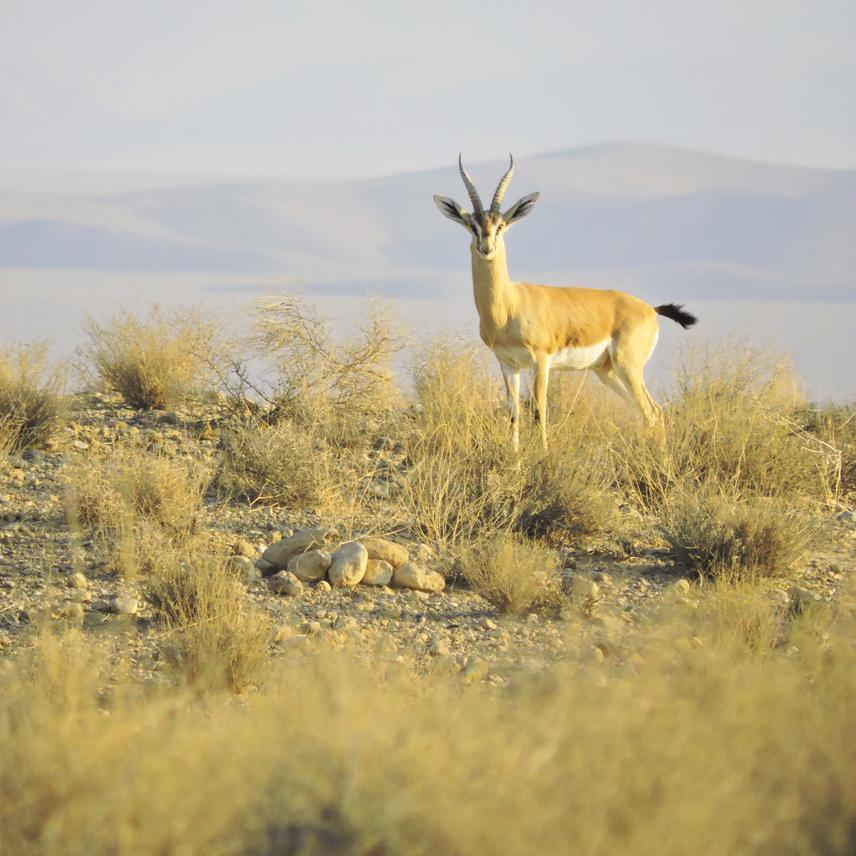Davoud Fadakar
1. Clarification of the taxonomic status of Iranian Chinkara in regard to the Indian Chinkara (i.e. Is it a separate species / conservation unit?) and adequate consideration in the Red List assessments of the IUCN and via national authorities.
2. Identification of inbreeding or outbreeding problems in the breeding centers and individual advice for each of these centres to find solutions for achieving healthier populations. This will lead to an increase in gazelle numbers at the breeding centres and result in creating a stock from which reintroduction programs can be started.
3. Identification of suitable populations for restocking of wild populations.
4. Identification of suitable habitat for reintroduction programs within the historical range of the species.
5. Increased awareness for the vulnerability of these endemic gazelles and strengthening of the will to actively work for their protection, in the Iranian people in general and the policy makers in particular.

Lack of evolutionary knowledge, a dramatic decline, and taxonomic uncertainties of Iranian Chinkara hamper conservation efforts. Therefore, in this project, samples of populations throughout the country will be collected non-invasively and analyzed with state-of-the-art molecular methods to provide detailed insight into population history and phylogenetic relationships of Chinkara. The identification of evolutionary sub units will clarify the taxonomic status of the Iranian populations and therewith provide scientific guidance for in situ conservation programs and a framework for captive breeding and reintroductions. We will also address questions regarding phylogeography and conservation plan priorities in Iran.
Project aims:
1. Clarification of the taxonomic status of Iranian Chinkara in regard to the Indian Chinkara (i.e. Is it a separate species / conservation unit?) and adequate consideration in the Red List assessments of the IUCN and via national authorities.
2. Identification of inbreeding or outbreeding problems in the breeding centers and individual advice for each of these centers to find solutions for achieving healthier populations. This will lead to an increase in gazelle numbers at the breeding centers and result in creating a stock from which reintroduction programs can be started.
3. Identification of suitable populations for restocking of wild populations.
4. Identification of suitable habitat for reintroduction programs within the historical range of the species.
5. Increased awareness for the vulnerability of these endemic gazelles and strengthening of the will to actively work for their protection, in the Iranian people in general and the policy makers in particular.